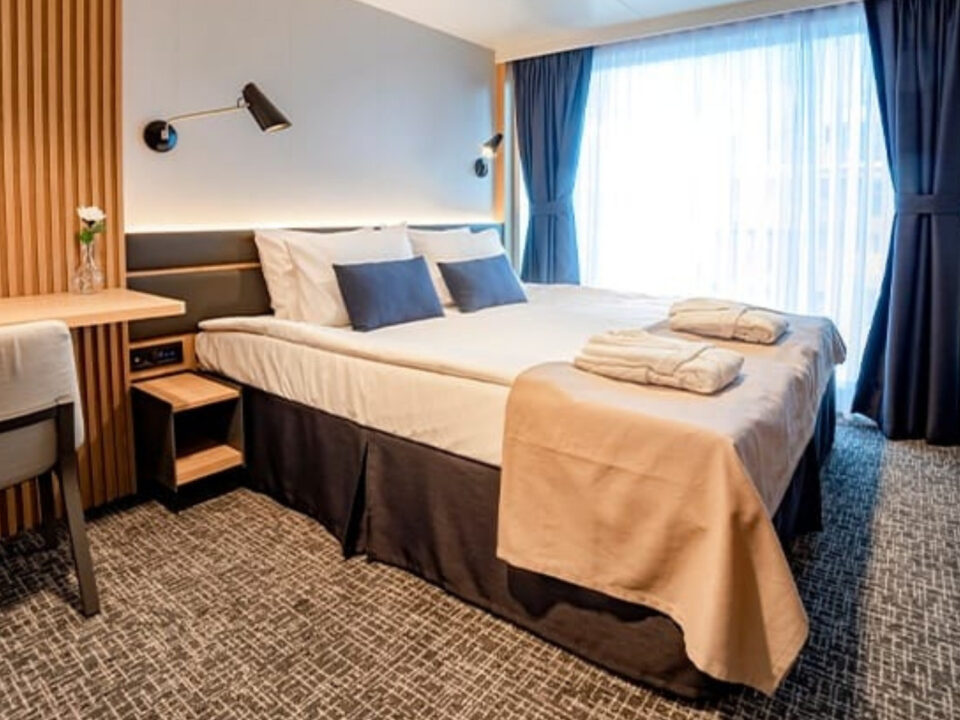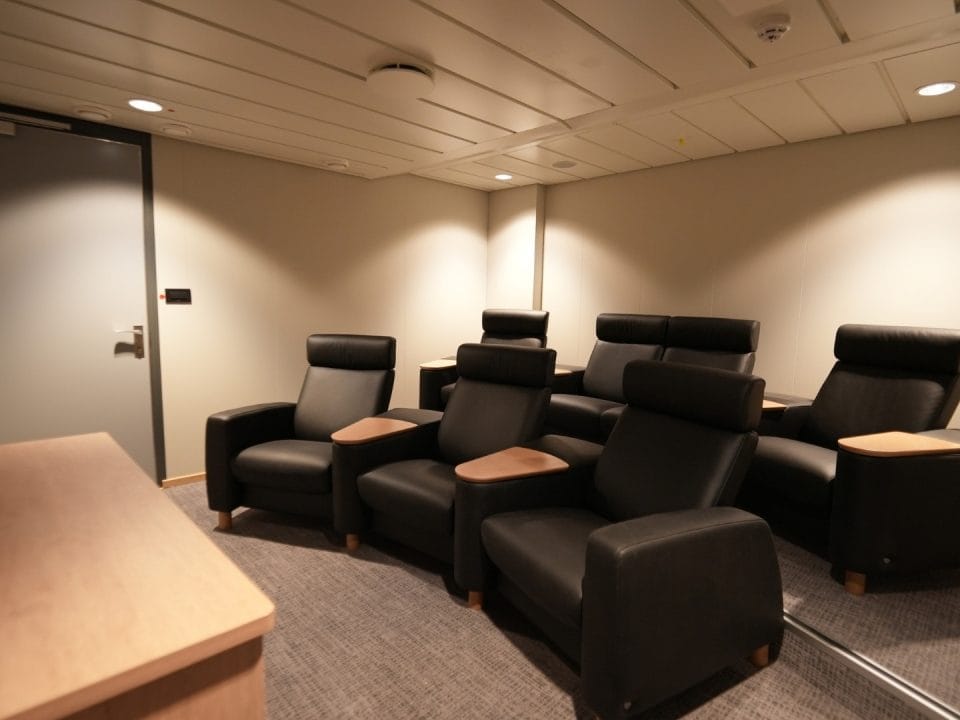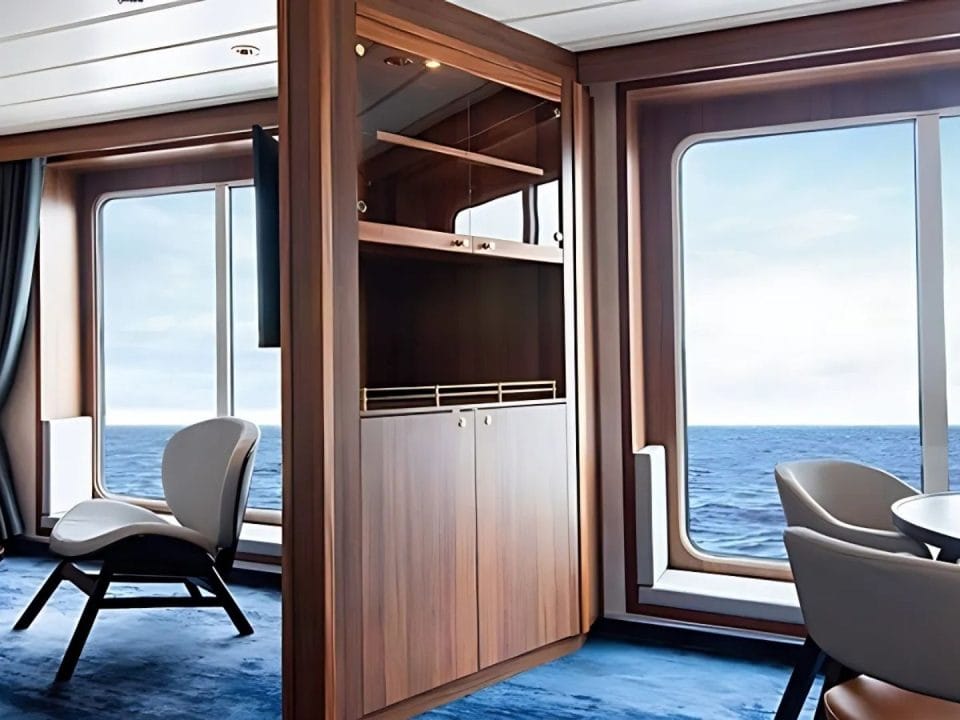
Çita Marine Furniture Gained Great Interest at Expomarrit & Exposhipping Istanbul!

The Future of Marine Furniture
As environmental awareness continues to grow, the maritime industry is embracing eco-friendly design solutions to create more sustainable and energy-efficient onboard spaces. From recyclable materials to smart energy systems, the shift towards greener marine interiors is shaping the future of ship design.
A modern approach to ferry and cruise ship interiors plays a crucial role in integrating sustainability-driven materials and innovative designs, ensuring a balance between functionality, durability, and environmental responsibility.
Next-Generation Materials for a Sustainable Future
The foundation of sustainability in maritime interiors lies in material innovation. By replacing traditional materials with renewable and recyclable alternatives, ship interiors are becoming more durable, energy-efficient, and environmentally responsible. Some of the most impactful materials include:
- Algae-based bio-composites – A revolutionary alternative to plastic, reducing dependency on petroleum-based materials.
- Reclaimed wood & fiber-based fabrics – Providing sustainable alternatives that help mitigate deforestation and pollution.
- Eco-friendly laminates & non-toxic finishes – Enhancing durability while minimizing chemical exposure and VOC emissions.
By integrating these materials into modern ship interiors, sustainability is no longer an afterthought but a fundamental design principle.
Smart Design for Optimized Energy Efficiency
Sustainability in maritime interiors extends beyond material selection—it’s also about reducing energy consumption and optimizing onboard systems. Intelligent design innovations are helping ships minimize waste while maximizing efficiency.
- Dynamic lighting systems – Smart lighting solutions that automatically adjust brightness to conserve energy.
- Automated climate control – Enhancing thermal efficiency by adapting to occupancy and environmental conditions.
- Space-efficient layouts – Thoughtful interior planning to optimize movement and reduce unnecessary power consumption.
By incorporating energy-efficient solutions, modern ship interiors are ensuring that luxury and sustainability go hand in hand.
Sustainable Comfort & Functional Living Spaces
A well-designed ship interior must harmonize sustainability with passenger comfort. Innovations in furniture design and spatial planning are enabling ships to deliver high-end experiences with minimal environmental impact.
- Modular seating & convertible furniture – Space-saving solutions that maximize usability while reducing material waste.
- Wellness-focused relaxation areas – Incorporating biophilic design principles to promote a more natural and calming onboard environment.
- Durable & low-maintenance surfaces – Increasing longevity while reducing the need for chemical-heavy cleaning products.
These advancements ensure that sustainability does not come at the expense of comfort or elegance, making modern ship interiors both eco-conscious and highly functional.
A Greener Future for Maritime Interiors
The maritime industry is rapidly adopting eco-friendly innovations to create greener, smarter ship interiors. The future of sustainable ship design will focus on:
- Circular design principles – Implementing closed-loop production methods to minimize waste.
- AI-driven sustainability solutions – Leveraging automation to enhance energy efficiency.
- Timeless, environmentally responsible aesthetics – Integrating sustainability without compromising style and luxury.
As the push for sustainable design continues to evolve, the maritime industry is set to become a leader in eco-conscious innovation. By prioritizing environmental responsibility, future ships will be designed to operate more efficiently, with reduced impact on natural ecosystems.
With sustainability shaping the future of maritime interiors, what do you think will be the next major breakthrough in eco-friendly ship design?




